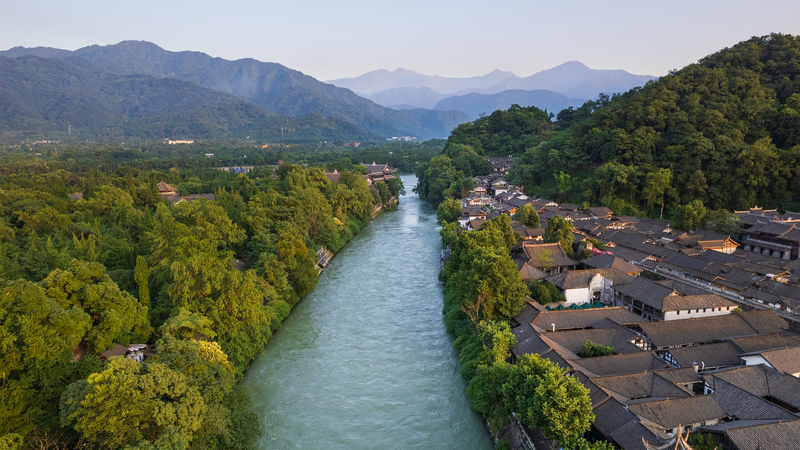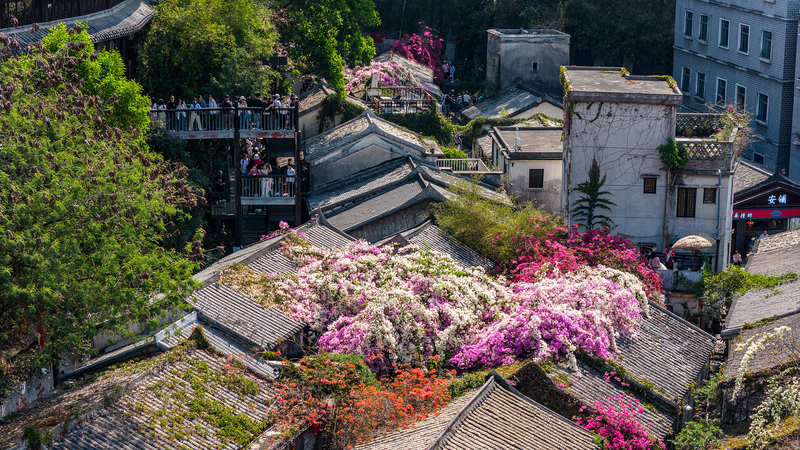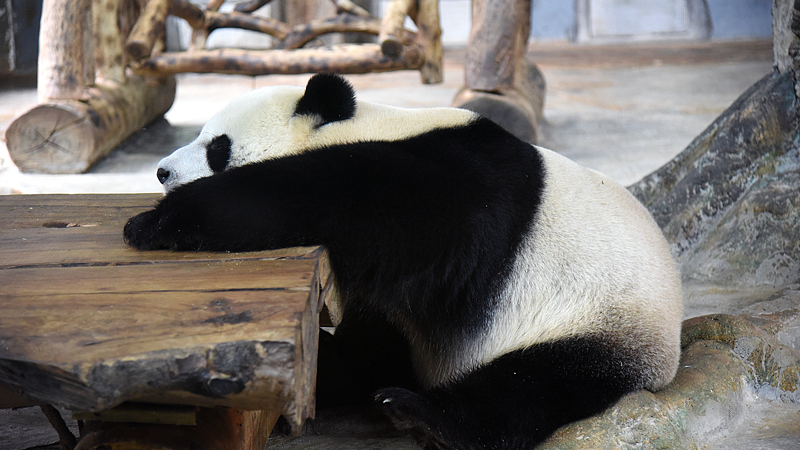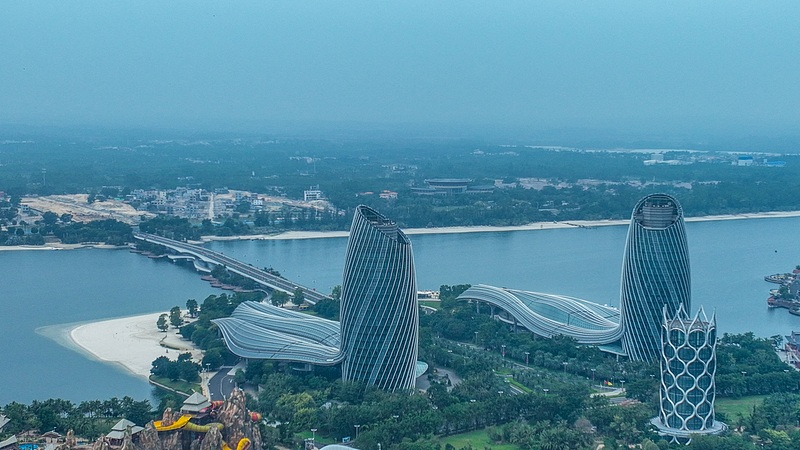Ancient Engineering Meets Sustainability
Nestled between Yulei Mountain and Lidui, Baopingkou is the "bottle mouth" sluice that has regulated water flow on the Chengdu Plain for over 2,200 years. Carved by engineer Li Bing around 256 BC, this 40-meter-long passage once required only hand tools, fire and guided river currents to shape its innovative form.
How Baopingkou Works
The sluice's iconic bottle-like shape—17 meters wide at the base and adjusting seasonally between 19 and 23 meters—controls intake from the Minjiang River. Excess water is channeled through the adjacent Feisha Weir, which uses centrifugal force to flush up to 75 percent of river sediment, preventing floods and droughts downstream.
Lessons for Today's Water Management
Baopingkou's enduring design highlights how simple principles—flow regulation, sediment management and resilience—can inspire modern solutions in ecosystems around the world. Entrepreneurs in water tech and sustainability advocates are revisiting these age-old techniques to address challenges from urban flooding to agricultural irrigation.
A Visit to Remember
For digital nomads and travelers, Baopingkou offers both a serene escape and a masterclass in engineering heritage. Nearby trailheads invite culture-seekers to explore the broader Dujiangyan network, featuring temples, viewpoints and local markets where you can sample regional Sichuan cuisine.
Whether you're a history buff, a sustainability thinker or simply chasing your next travel story, Baopingkou proves that ancient innovation still stars in today's global conversation on resource management.
Reference(s):
cgtn.com




